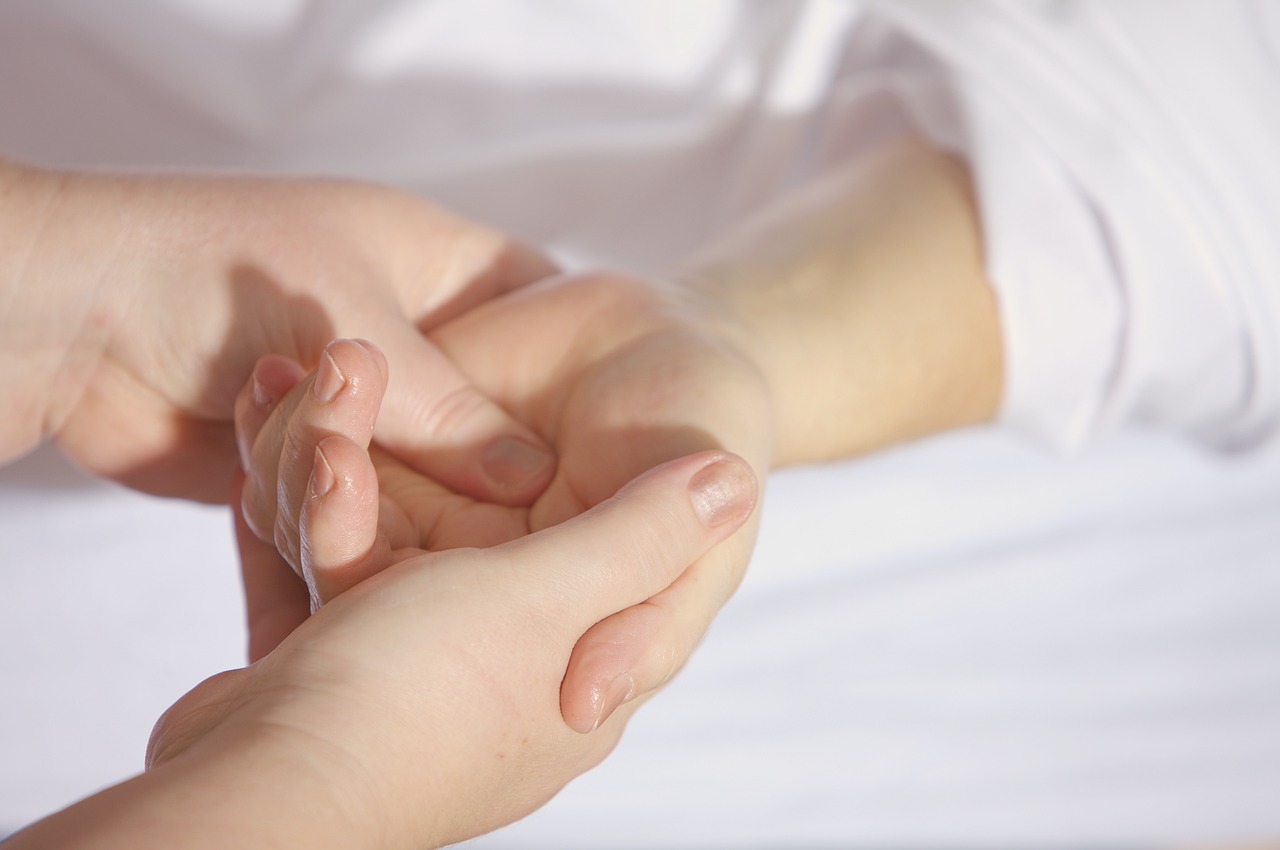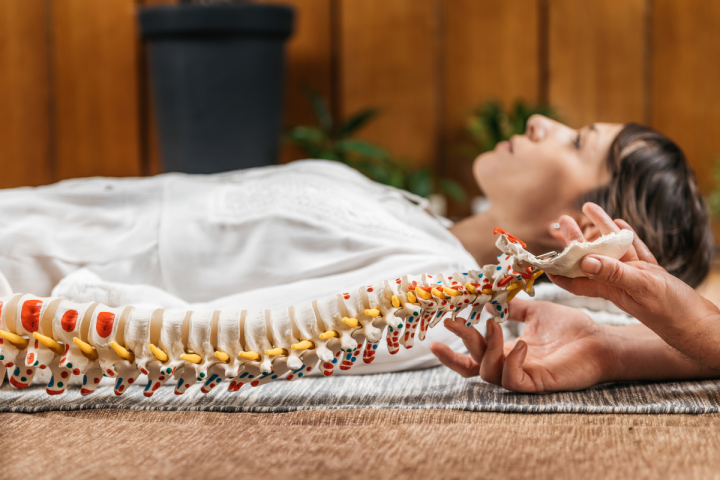The human hand is made up of various muscles, nerves, bones and ligaments. An injury to the hand can occur at any time and should never be underestimated, as it can lead to even more complicated problems. If treatment and rehabilitation are neglected, it can lead to disability in the hand, which is why hand therapy proves indispensable in many cases.
Hand therapy - indications
Injury upper limb can happen during sports and during simple activities. The main types of hand injuries are usually sprains, dislocations and fractures.
Hand rehabilitation is also indicated for problems that may affect nerve structures, e.g. carpal tunnel syndrome, which affects between four and ten million people and is a consequence of degenerative changes and the effect of trauma or overloaded muscle structures. In addition, hand rehabilitation also helps with damage to tendon structures and joint structures. Hand and wrist rehabilitation is also indicated after surgical procedures and when treating the effects of overloads and injuries.
Problems that hand therapy can alleviate include:
- amputations,
- tendon repairs,
- burns and wounds,
- sprains, fractures or dislocations,
- carpal tunnel syndrome,
- hand pain,
- repetitive motion disorder,
- golfer's elbow,
- tendonitis jamming,
- de Quervain's syndrome,
- Dupuytren's contracture,
- Gallstone cyst,
- arthritis,
- deficits in fine motor skills,
- ulnar nerve canal syndrome,
- tennis elbow.
Hand therapy is recommended for people who have problems using various electronic devices, such as computer keyboards or mobile phones.

Diagnosis and treatment of the hand
In the case of an injury or other hand condition, an accurate diagnosis requires a history and a physical and imaging examination. In the case of a fracture, an X-ray will be the most effective examination, and in the case of suspected soft tissue or tendon damage, an ultrasound examination. It is important to remember that failure to treat and rehabilitate the hand may aggravate the injury and cause even more pain. The hand should always be relieved and immobilised in a hand brace after injury.
Appropriate physical therapy methods can also provide support.
What does hand therapy involve?
Hand therapy can address the hand and fingers and improve the range, movement and strength of the elbow, shoulder, arm, forearm and wrist. It can also strengthen the upper limbs after surgery and improve their level of function, as well as reduce pain and rehabilitate the limb even with a chronic condition such as arthritis.
Hand therapy should be tailored to the patient and their injury and should take place under the guidance of an orthopaedic surgeon or physiotherapist. Very effective treatments include electrotherapy, i.e. current therapy, magnetic fields and laser therapy, as well as appropriately selected exercises, both to warm up, strengthen and stretch the wrists and forearms. These allow a quicker return to full fitness. Special balls of varying degrees of hardness are used for these exercises, as well as elastic rollers and hand squeezers. Treatments used by therapists also include:
- taping,
- iontophoresis,
- hydrotherapy (including hydro-massage);
- dexterity training,
- heat and cold therapy,
- orthoses,
- pain management,
- desensitisation of nerves,
- injury avoidance education,
- soft tissue procedures,
- treatments for range of motion activities.
- treatments for professional conditions.
- scar management.
Hand therapy - effects
One of the primary benefits of hand therapy is the feeling of restored limb function.
Its pain in both arms, wrists, elbows and hands can also lead to stress, as well as sleep problems. The components of hand therapy and treatment are able to ensure that, the ability to function should improve. Hand therapy can also make the patient's muscles, ligaments and tendons more flexible.
Therapists are also able to detach the unwanted scar tissue contributing to the limited and often painful movement of the hand and reduce this pain. This is because scar tissue can severely limit the limb's ability to function properly.




